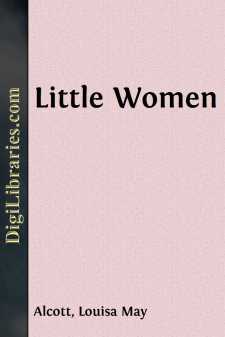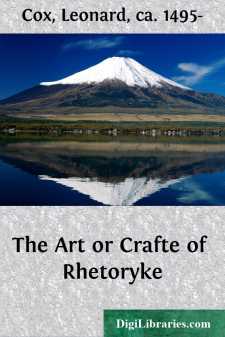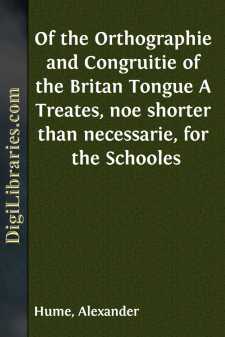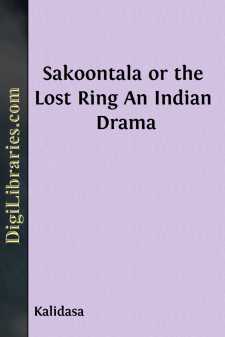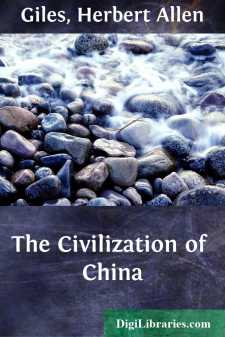Categories
- Antiques & Collectibles 13
- Architecture 36
- Art 48
- Bibles 22
- Biography & Autobiography 813
- Body, Mind & Spirit 142
- Business & Economics 28
- Children's Books 15
- Children's Fiction 12
- Computers 4
- Cooking 94
- Crafts & Hobbies 4
- Drama 346
- Education 46
- Family & Relationships 57
- Fiction 11828
- Games 19
- Gardening 17
- Health & Fitness 34
- History 1377
- House & Home 1
- Humor 147
- Juvenile Fiction 1873
- Juvenile Nonfiction 202
- Language Arts & Disciplines 88
- Law 16
- Literary Collections 686
- Literary Criticism 179
- Mathematics 13
- Medical 41
- Music 40
- Nature 179
- Non-Classifiable 1768
- Performing Arts 7
- Periodicals 1453
- Philosophy 64
- Photography 2
- Poetry 896
- Political Science 203
- Psychology 42
- Reference 154
- Religion 513
- Science 126
- Self-Help 84
- Social Science 81
- Sports & Recreation 34
- Study Aids 3
- Technology & Engineering 59
- Transportation 23
- Travel 463
- True Crime 29
The Story of a Pioneer
Categories:
Description:
Excerpt
I. FIRST MEMORIES
My father's ancestors were the Shaws of Rothiemurchus, in Scotland, and the ruins of their castle may still be seen on the island of Loch-an-Eilan, in the northern Highlands. It was never the picturesque castle of song and story, this home of the fighting Shaws, but an austere fortress, probably built in Roman times; and even to-day the crumbling walls which alone are left of it show traces of the relentless assaults upon them. Of these the last and the most successful were made in the seventeenth century by the Grants and Rob Roy; and it was into the hands of the Grants that the Shaw fortress finally fell, about 1700, after almost a hundred years of ceaseless warfare.
It gives me no pleasure to read the grisly details of their struggles, but I confess to a certain satisfaction in the knowledge that my ancestors made a good showing in the defense of what was theirs. Beyond doubt they were brave fighters and strong men. There were other sides to their natures, however, which the high lights of history throw up less appealingly. As an instance, we have in the family chronicles the blood-stained page of Allen Shaw, the oldest son of the last Lady Shaw who lived in the fortress. It appears that when the father of this young man died, about 1560, his mother married again, to the intense disapproval of her son. For some time after the marriage he made no open revolt against the new-comer in the domestic circle; but finally, on the pretext that his dog had been attacked by his stepfather, he forced a quarrel with the older man and the two fought a duel with swords, after which the victorious Allen showed a sad lack of chivalry. He not only killed his stepfather, but he cut off that gentleman's head and bore it to his mother in her bedchamber—an action which was considered, even in that tolerant age, to be carrying filial resentment too far.
Probably Allen regretted it. Certainly he paid a high penalty for it, and his clan suffered with him. He was outlawed and fled, only to be hunted down for months, and finally captured and executed by one of the Grants, who, in further virtuous disapproval of Allen's act, seized and held the Shaw stronghold. The other Shaws of the clan fought long and ably for its recovery, but though they were helped by their kinsmen, the Mackintoshes, and though good Scotch blood dyed the gray walls of the fortress for many generations, the castle never again came into the hands of the Shaws. It still entails certain obligations for the Grants, however, and one of these is to give the King of England a snowball whenever he visits Loch-an-Eilan!
As the years passed the Shaw clan scattered. Many Shaws are still to be found in the Mackintosh country and throughout southern Scotland. Others went to England, and it was from this latter branch that my father sprang. His name was Thomas Shaw, and he was the younger son of a gentleman—a word which in those days seemed to define a man who devoted his time largely to gambling and horse-racing....





